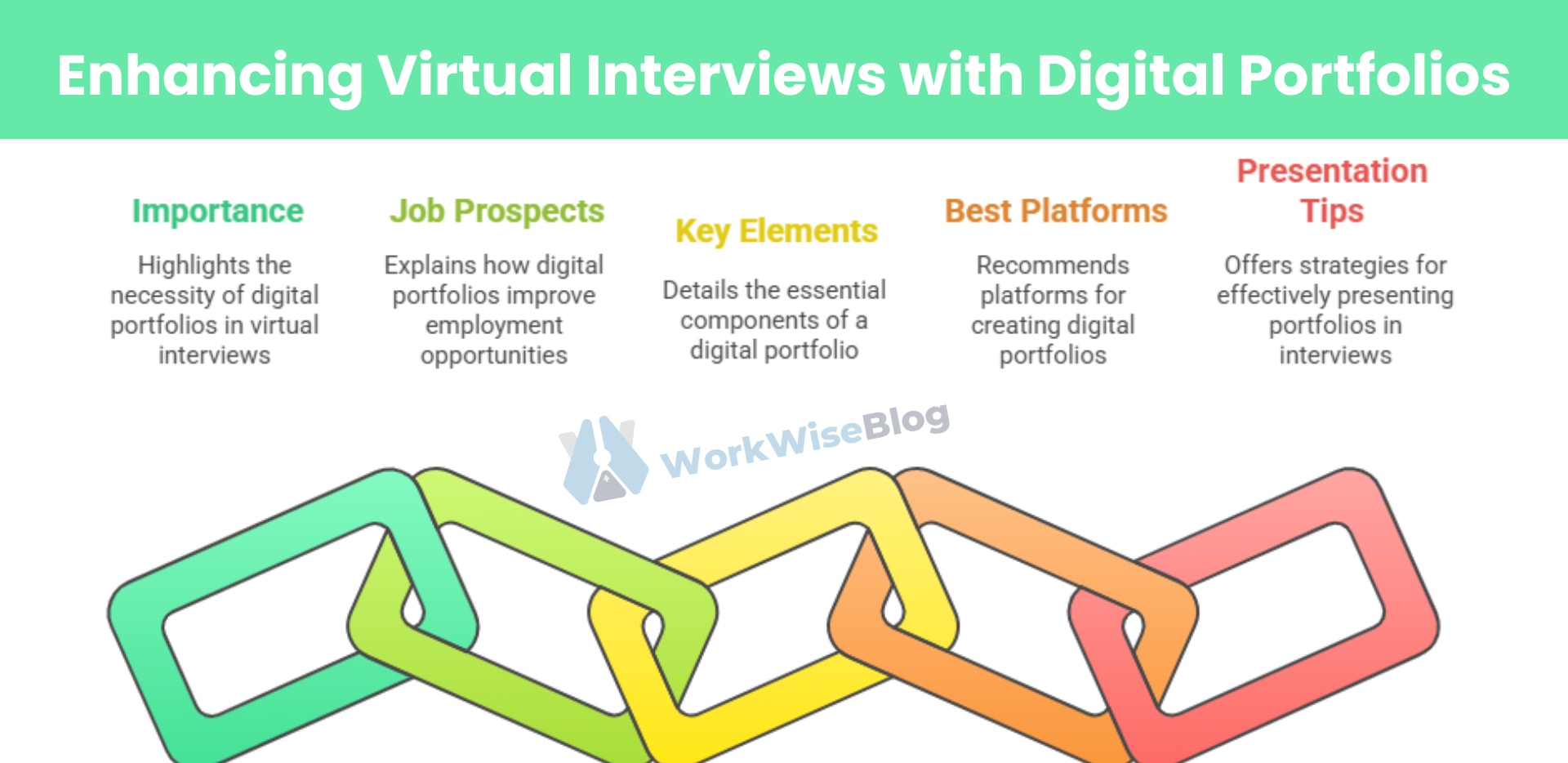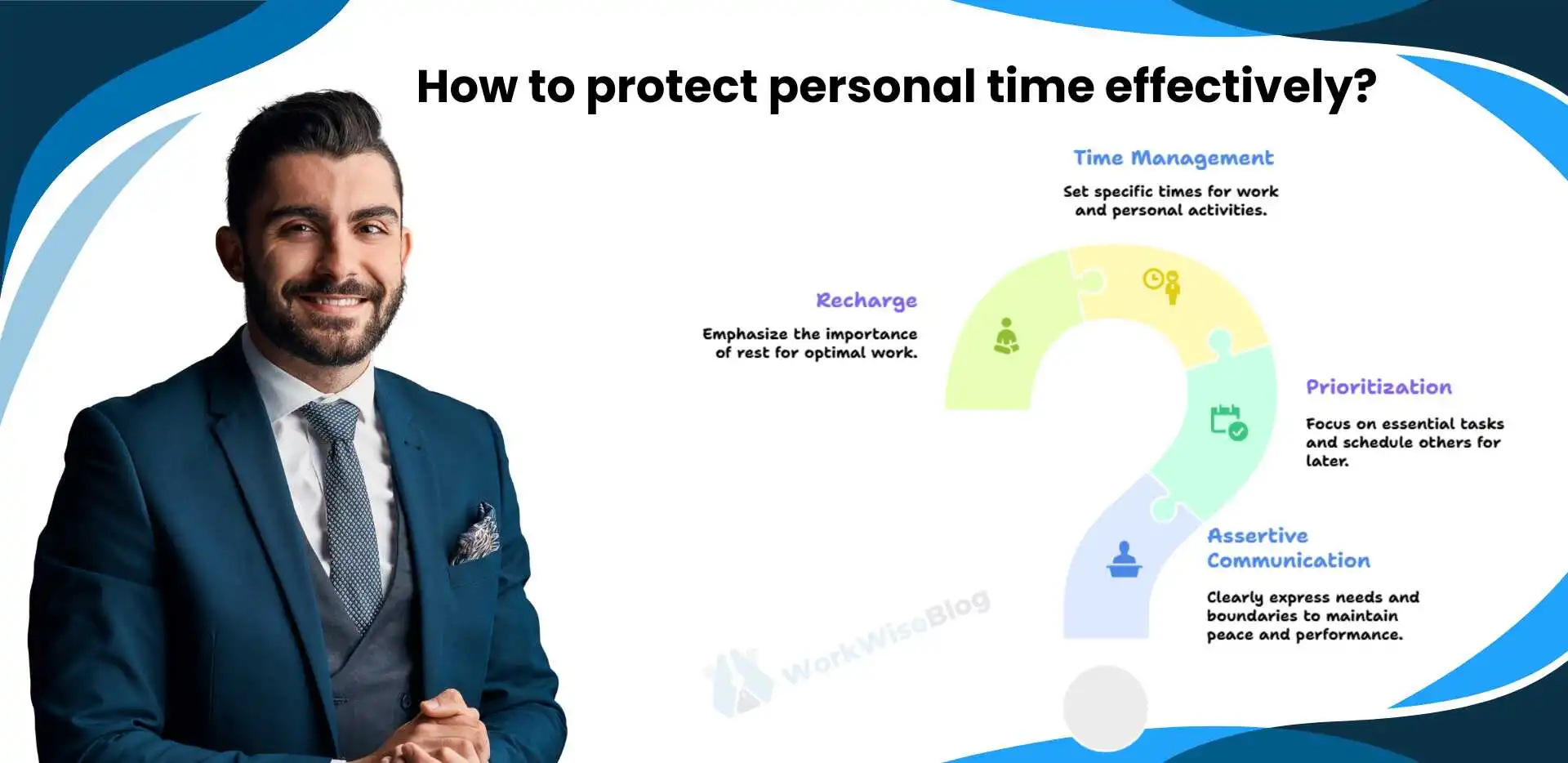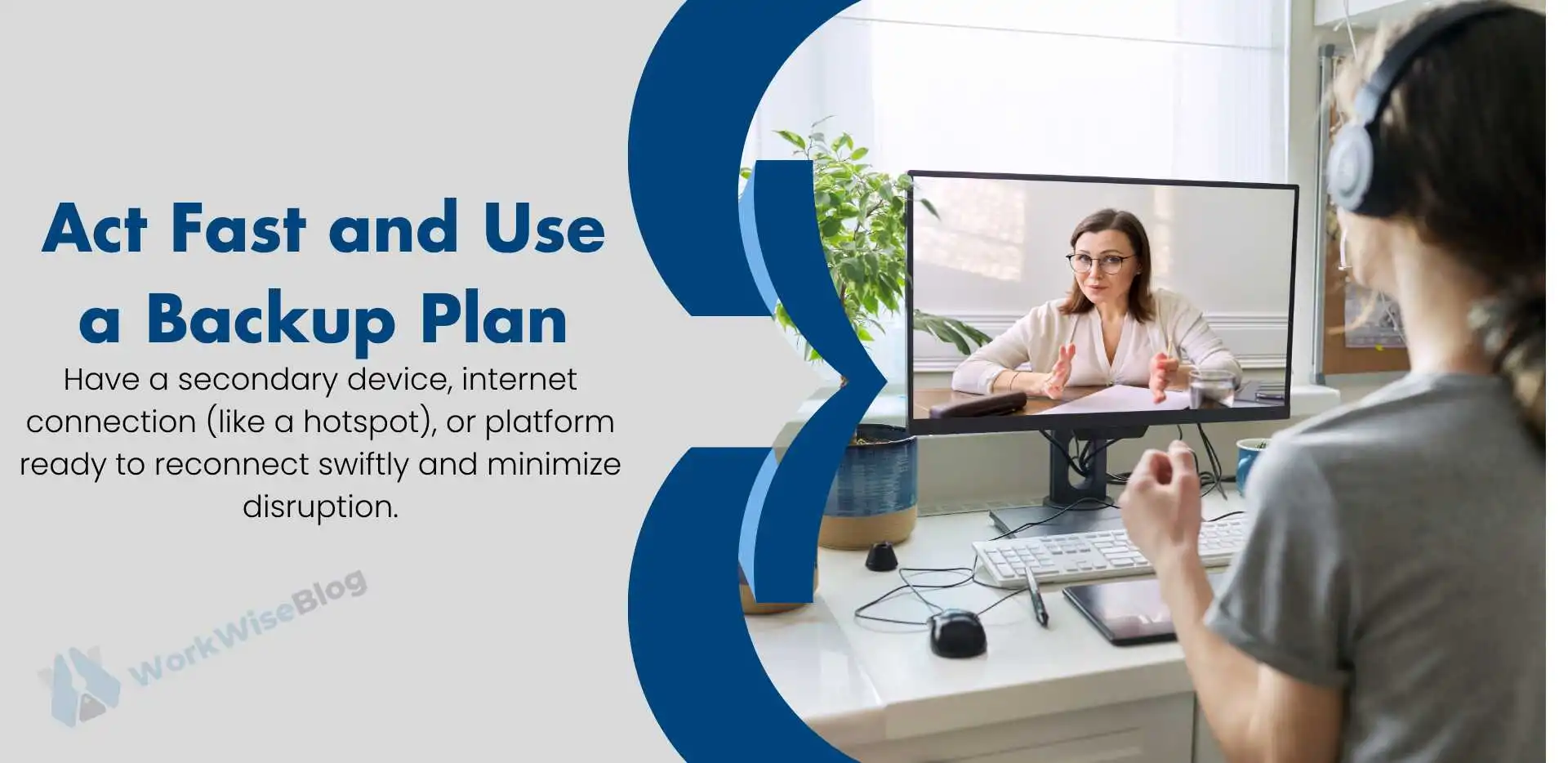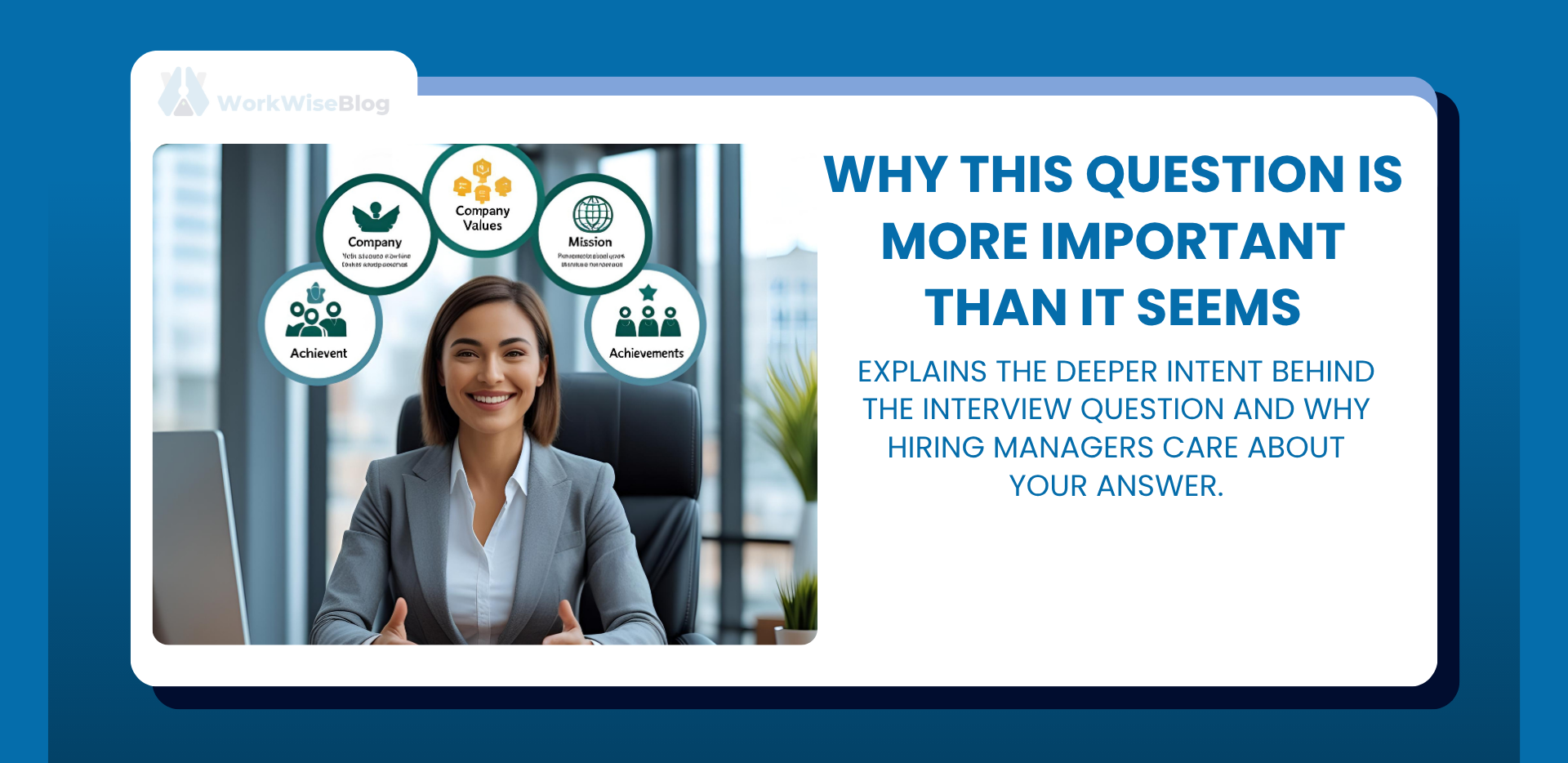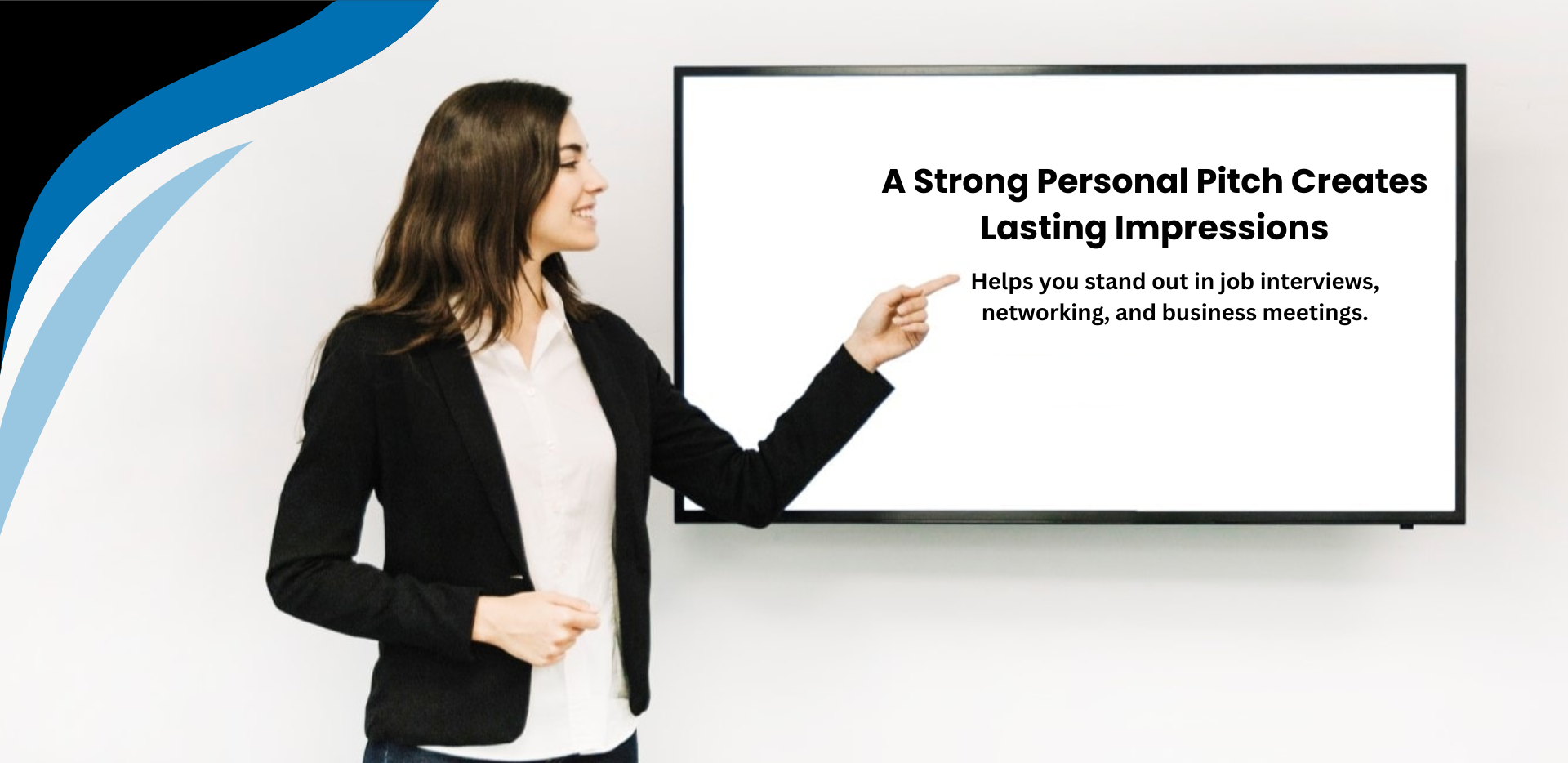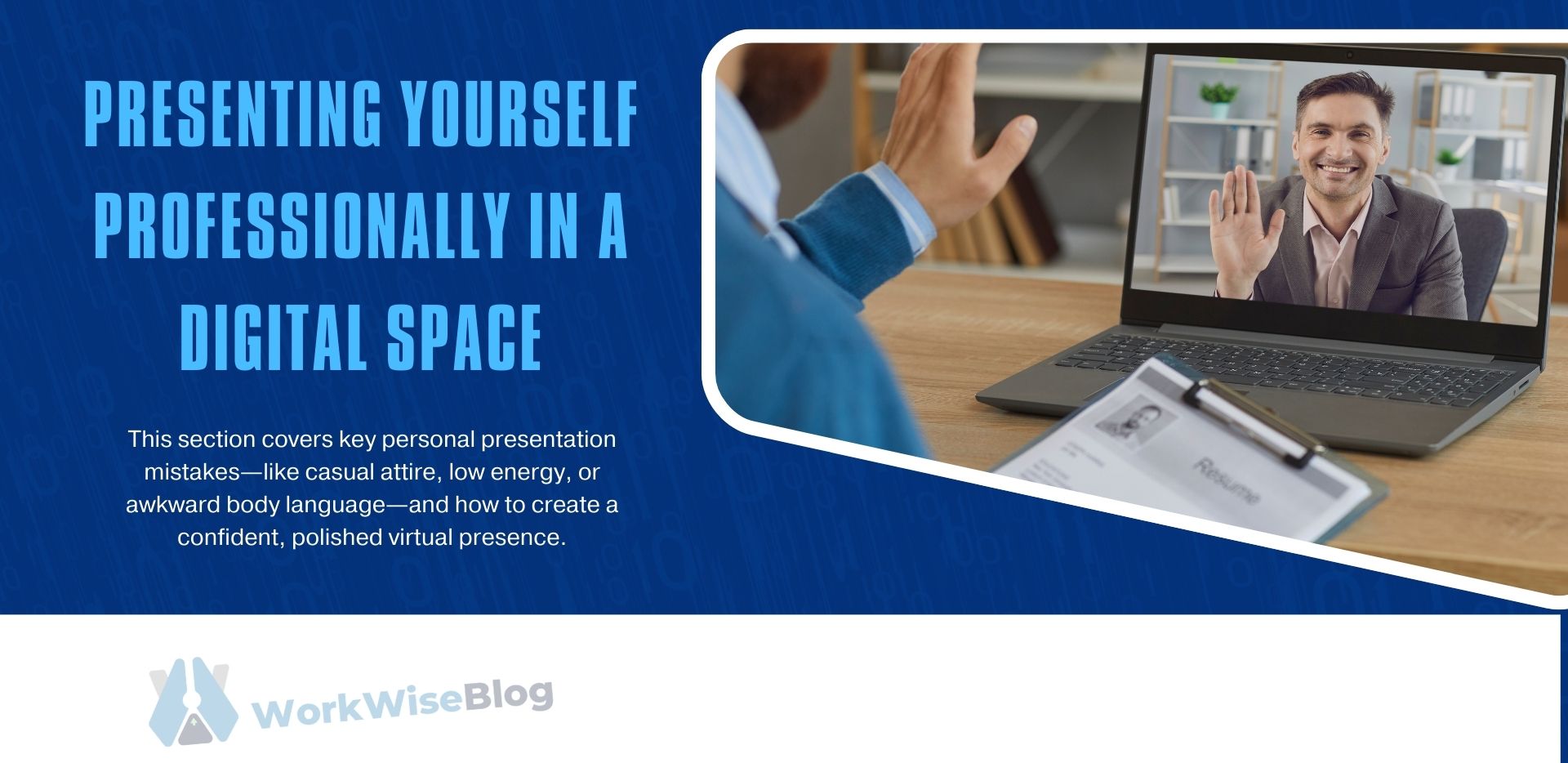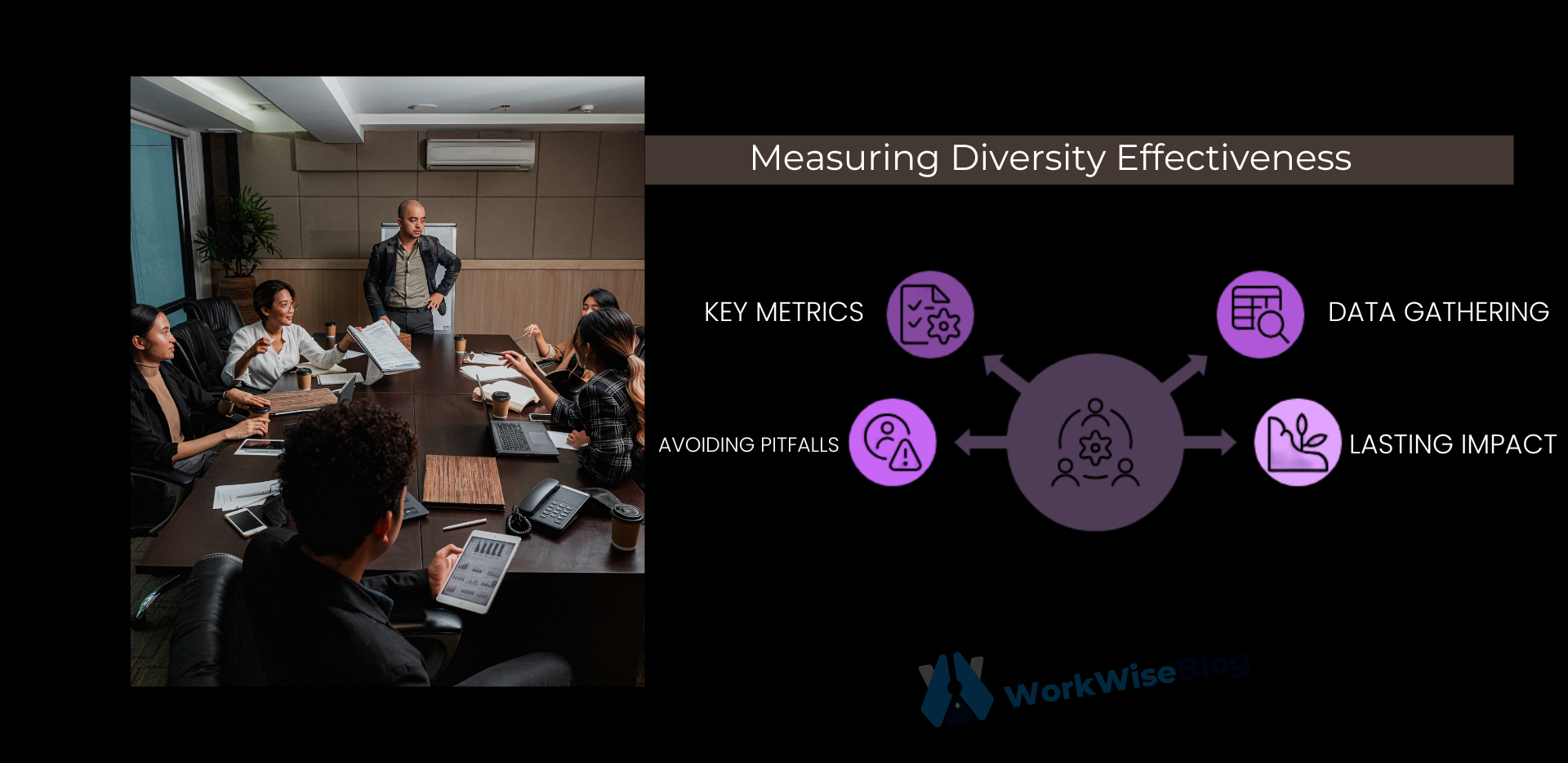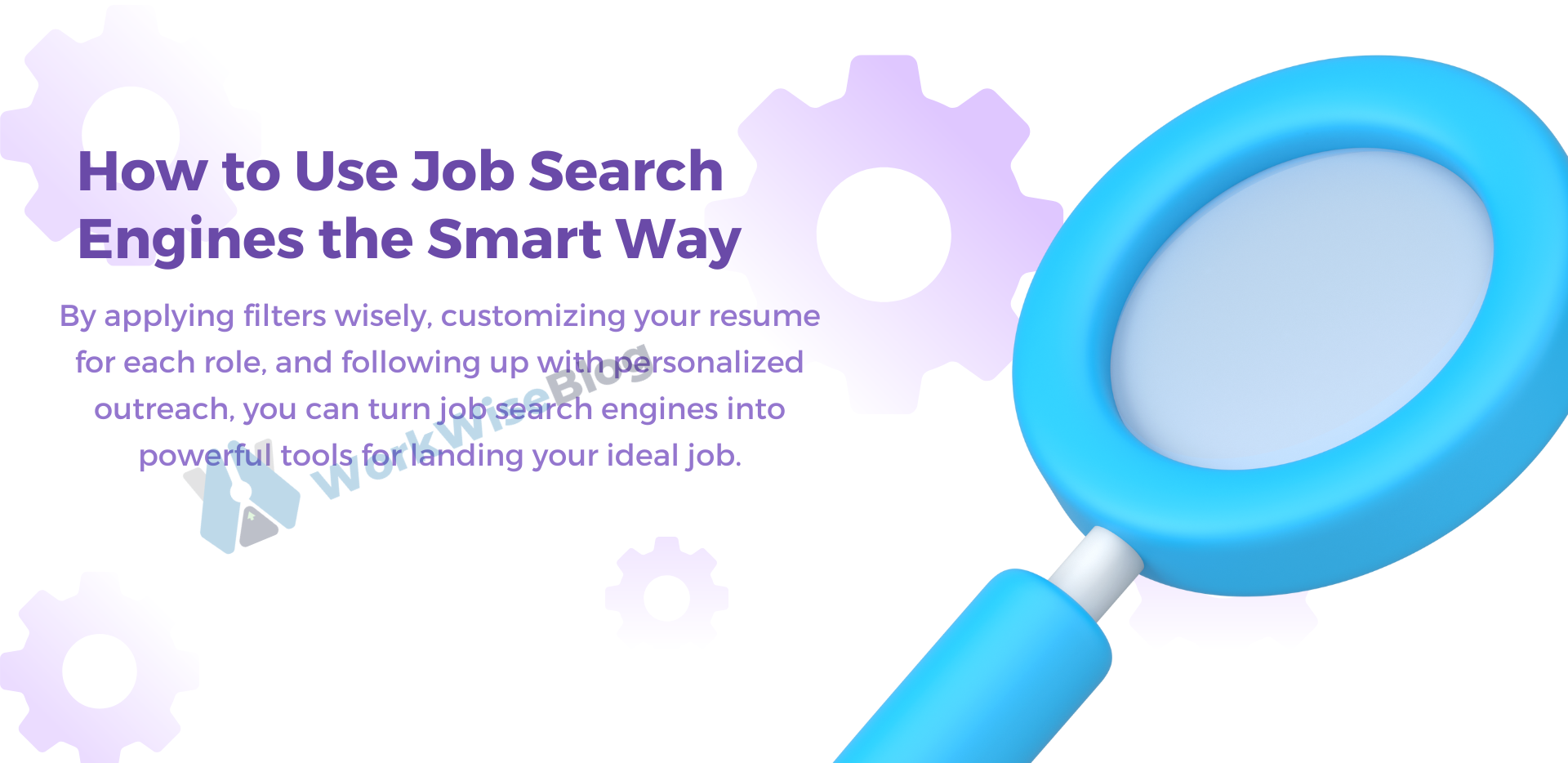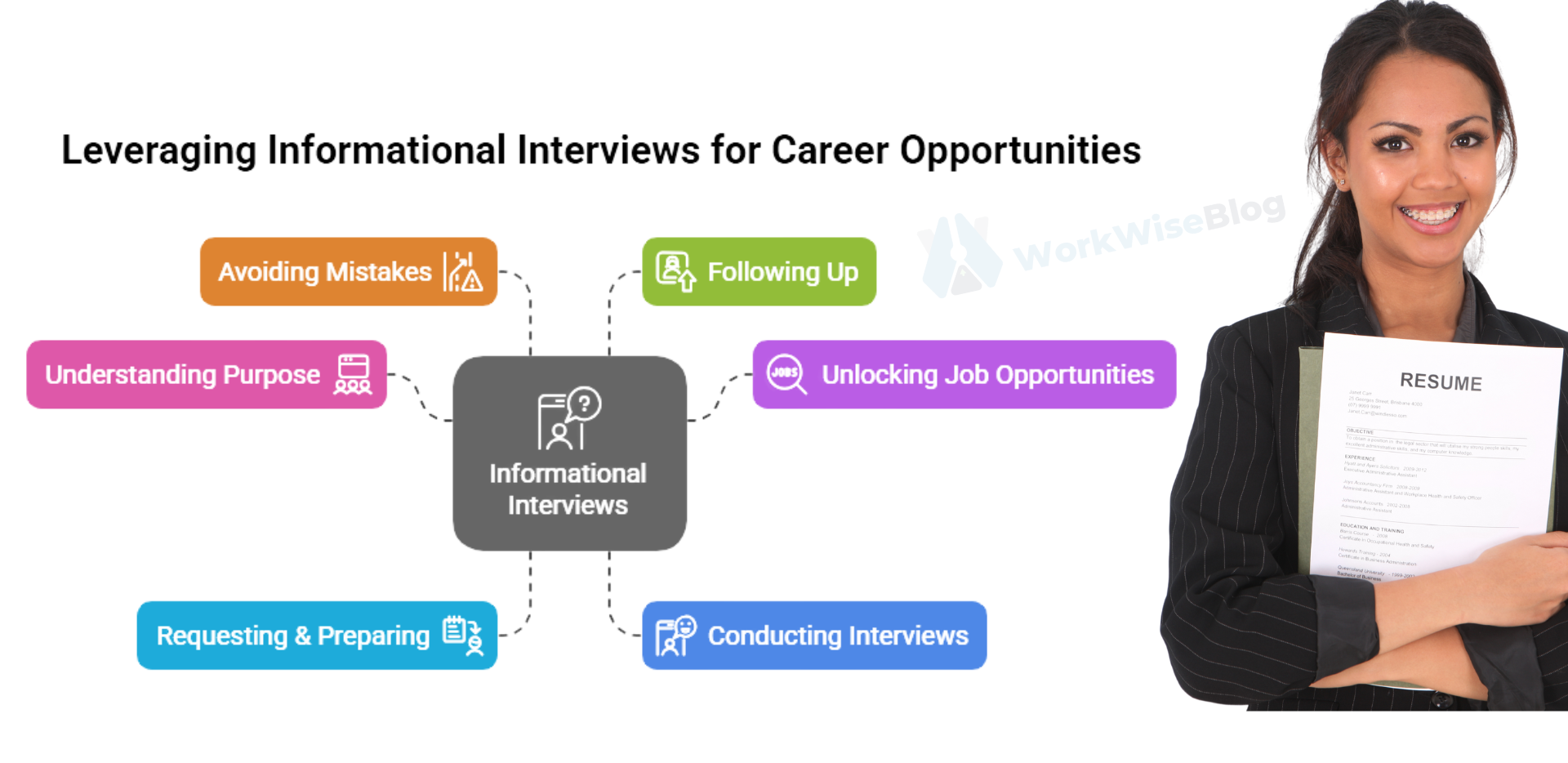In this blog, we’ll explore:
- Why digital portfolios are essential for virtual interviews
- How a digital portfolio enhances your job prospects
- Key elements every portfolio should include
- Best platforms to create a digital portfolio
- Tips on presenting your portfolio effectively in virtual interviews
By the end, you’ll have a clear strategy to create and use your digital portfolio to stand out in virtual job interviews.
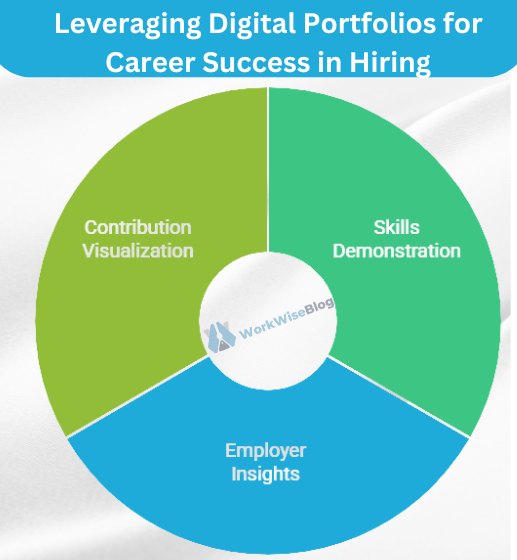
1. Why Digital Portfolios Matter in Virtual Interviews
A resume lists your skills; a digital portfolio proves them.
With virtual interviews, hiring managers don’t get the same in-person experience as they would in an office setting. A digital portfolio serves as a powerful tool to:
- Showcase real-world examples of your work instead of just talking about them.
- Build credibility and trust by providing verifiable proof of skills.
- Give interviewers an interactive way to explore your expertise.
- Stand out from competitors who only rely on resumes.

Fact:
According to a CareerBuilder survey, 75% of employers say that a strong digital presence can positively impact hiring decisions.
2. How a Digital Portfolio Enhances Your Job Prospects
Using a digital portfolio during a virtual interview makes you more memorable and allows you to:
- Back up your claims with proof – Instead of saying, “I’ve designed websites,” you can show them your best work.
- Engage interviews more – A portfolio provides a visual touch, avoiding Q&A-only conversation.
- Illustrate technical prowess – If you’re interviewing for tech, design, or marketing positions, having a well-organized portfolio illustrates your capacity to organize, show, and explain visually.
- Illustrate problem-solving abilities – Case studies in your portfolio can reflect how you tackled problems and offered solutions.
Example:
Let’s say you’re interviewing for a social media marketing position. Rather than merely listing campaigns you’ve done, you present before-and-after engagement metrics, ad creatives, and campaign strategies—making a more impactful impression instantly.
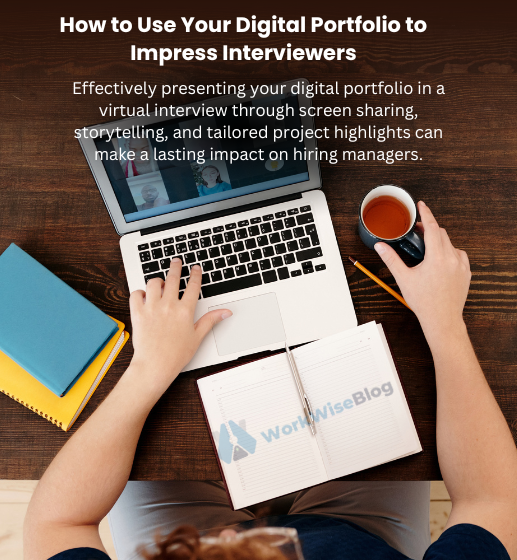
3. Most Important Elements Every Digital Portfolio Must Have
An excellent portfolio is not merely an assembly of previous work—it is a narrative of your accomplishments and abilities.
Critical Components of a Digital Portfolio:
1- A Convincing Introduction (About Me Page)
- Briefly state who you are and what you do.
- Emphasize your specialty and career direction.
- Make it brief and powerful.

Example:
“I’m a five-year UX design veteran with expertise in designing accessible, easy-to-use digital experiences. My specialty is accessibility, intuitive navigation, and smooth user flows.”
2 – A Well-Organized Work Showcase
Include 3-6 of your best projects (quality over quantity).
Each project should have:
- A brief summary (what the project was about).
- Your role and contributions.
- The results or impact (e.g., increased website traffic by 40%).
- Visuals (screenshots, graphics, code snippets, or presentations).
Example:
For a content writer, a project showcase could include:
- The article title and where it was published.
- A short summary of the topic and goals.
- A performance metric (e.g., “Ranked #1 on Google for [keyword]”).
3 – Testimonials or Client Feedback
- Include short quotes from past clients, colleagues, or employers.
- If possible, add LinkedIn recommendations or performance reviews.
Example:
“Working with [Your Name] improved our website engagement by 50%. Their attention to detail and creativity are unmatched!”
4 – A Strong Call-to-Action (Contact Section)
- Make it easy for hiring managers to reach you.
- Include your email, LinkedIn, and a contact form if applicable.
Example:
“Let’s connect! Reach me at your@email.com or on LinkedIn.”
4. Best Platforms to Create a Digital Portfolio
There are many easy-to-use platforms where you can create and host your digital portfolio.
Top Portfolio Platforms:
Behance:
Best for designers, photographers, and creative professionals.
Dribbble:
Ideal for UX/UI designers and illustrators.
WordPress or Wix:
Great for custom, professional-looking portfolios.
GitHub:
A must-have for developers to showcase coding projects.
LinkedIn Articles & Featured Section:
Perfect for writers, marketers, and consultants.
Pro Tip:
If you prefer a simple approach, Google Drive or Notion can also work as an interactive portfolio.
5. How to Present Your Digital Portfolio in a Virtual Interview
Having a digital portfolio is one thing—knowing how to use it effectively in an interview is another.
Best Practices for Presenting Your Portfolio in a Virtual Interview:
- Share your portfolio link in advance – Include it in your resume, application, and follow-up email.
- Prepare a short walkthrough – Be ready to navigate through key projects and explain them concisely.
- Use screen sharing – If possible, share your screen during the interview to guide interviewers through your work.
- Tailor your presentation – Highlight the most relevant projects based on the job role.
- Engage with storytelling – Instead of just showing your work, explain the challenges, process, and outcomes.
Example Response:
“One of my favorite projects was designing a mobile app for a fintech startup. Let me share my screen and walk you through the design process, user research, and the final product.”
Conclusion: A Digital Portfolio Can Give You a Competitive Edge
With virtual hiring and online interviews, a professional portfolio can be the tipping point for getting a job. It allows the recruiters to see your skills in action, understand your strengths, and envision how you can benefit their company.

